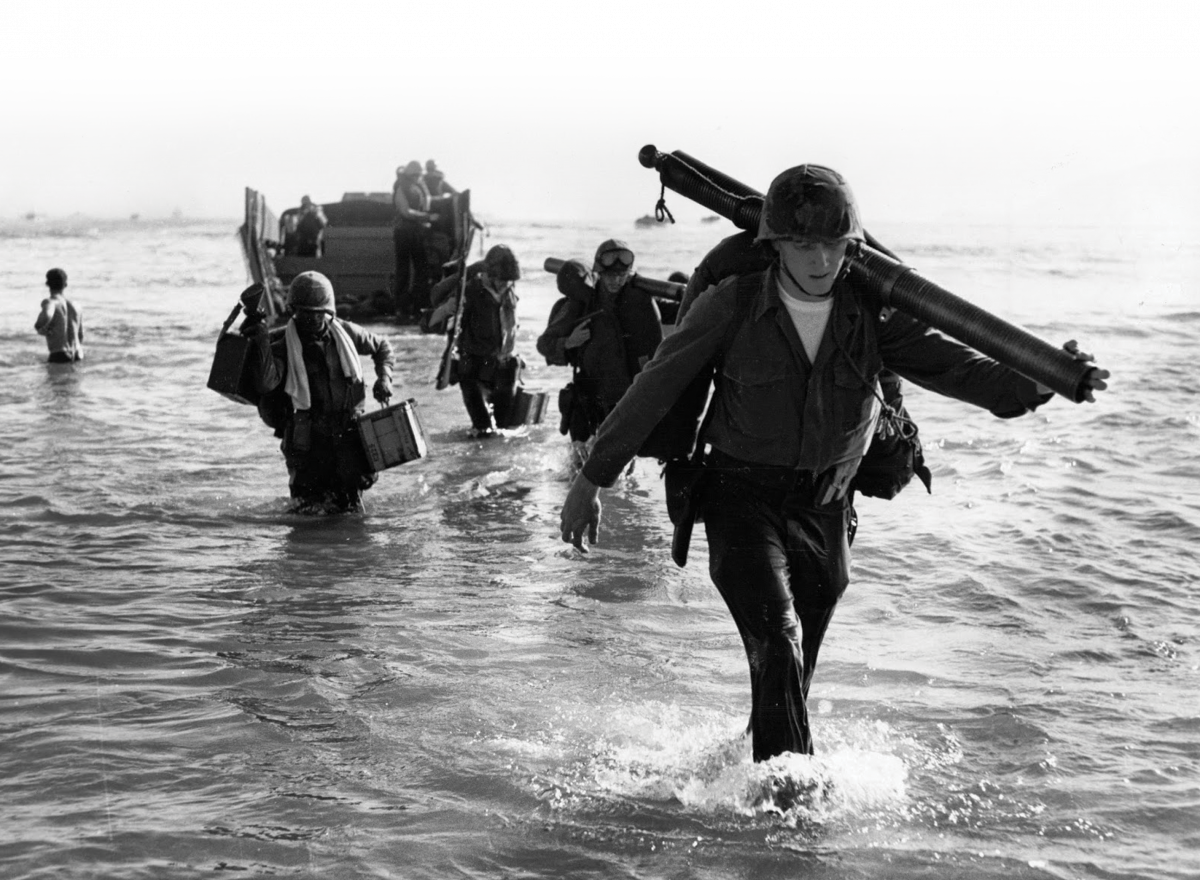

“You’ve got high attrition in BRC, coupled with casualties in combat and just the high turnover rate in our MOS of losing guys to MARSOC, losing corpsmen to MARSOC, and guys just naturally getting out after a couple of deployments…” Reconnaissance is also viewed as a poor relation of MARSOC, the Marine’s Special Operations Command, as noted by Captain Quinn (Executive Officer of the Recon Training Company) (Fuentes, 2015): However, despite both assets operating in the reconnaissance role, they have distinctive responsibilities (Section 1.4). These two amphibious/ground reconnaissance assets of the USMC, Division and Force Reconnaissance, are generally trained in the same aspect and environment of intelligence collection for a Navy/Marine Fleet Marine Force Commander, regardless of their difference in tactical area of responsibility (AOR). This article provides an overview of the recruitment, selection and training process for the US Marine Corps’ Reconnaissance community, which includes the two amphibious/ground reconnaissance assets of the USMC known as Division Reconnaissance and Force Reconnaissance. Part 03: Outline of the USMCs Reconnaissance Selection & Training process.Part 02: Entry Standards and Applications.Part 01: Background to the US Marine Corps’ Reconnaissance community.Officials recently announced aviation bonuses topping out at $280,000 for continued service as the military competes with commercial airliners for pilots.ĭetails about the re-up incentives and MOSs that qualify can be found in Marine administrative message 380/19. Infantry Marines in several MOSs who move into the squad leader development program can also pocket up to $57,000.īonuses for air traffic controllers, cyber Marines and contract specialists and some other fields reflect continued competition the service faces with the private sector in retaining those Marines. Reconnaissance Marines, special operators and explosive ordnance disposal technicians are eligible for up to $90,000 for a six-year enlistment. This year's incentives reflect an ongoing effort to invest in infantry Marines - a priority in the fiscal 2020 budget. This year, Carlock said about $20 million of that will go toward SDA incentive pay since no "kickers" are being offered in that category. This year, the Marine Corps increased its SRB budget to $145 million from $136 million. Another 846 Marines took "kicker" bonuses for taking on a special-duty assignment, or SDA, such as drill instructor or recruiter, in 2019. More than 425 Marines took a lat-move bonus in 2019, Carlock said. Some can pocket up to $90,000 between the two bonuses. Marines who make a lateral move will rate that bonus on top of the standard SRB for that MOS. Those MOSs include: counterintel, imagery analysis, recon, critical skills operator, psychological operations, cyber, explosive ordnance technician, cryptologic cyberspace analyst, signals intelligence/electronic warfare analyst, special intelligence system administrators, Marine Corps Community Services, contract specialists and criminal investigative division agent. The $40,000 lateral-move incentive is for first-term Marines who agree to a six-year term in one of 14 hard-to-fill jobs.

3500 mos marines plus#
That would include the base selective re-enlistment bonus, or SRB, of $6,400, plus the $8,000 early re-up kicker. "After 30 Sep 19, this Early Reenlistment Kicker will expire," the message states.Ī first-term lance corporal serving as an infantry Marine who re-enlists early, for example, would receive a $14,400 bonus.


 0 kommentar(er)
0 kommentar(er)
